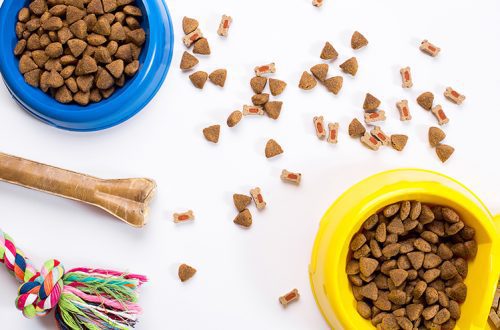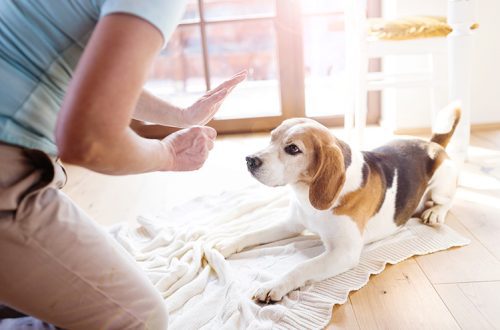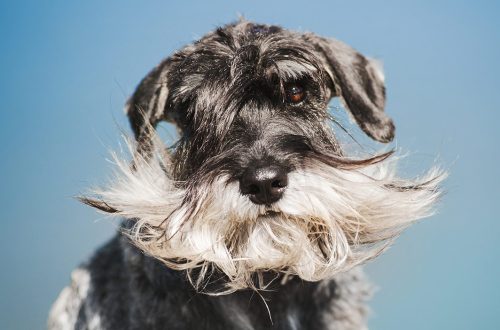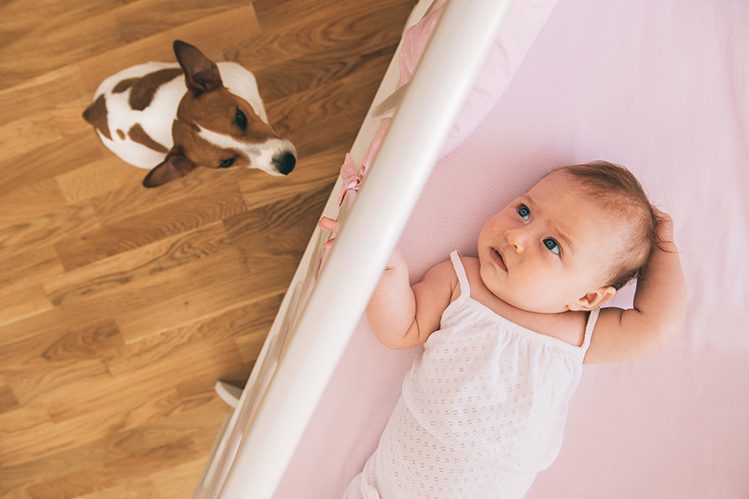
What kind of dog to get for a child and how to help them make friends?
Your child dreams of a dog and you are almost ready to fulfill his dream? We approve this decision! Studies have repeatedly confirmed that pets have a positive effect on children. They teach responsibility, raise self-esteem and increase self-confidence, strengthen the immune system, reduce the risk of developing allergies. Plus, it’s about the dog! She will definitely become the best, devoted, adored friend for your child. The main thing is to choose the right breed and build the right relationship between the pet and the baby. We’ll show you how. Go!
The choice of breed is always a responsible issue. And if you have a child in your family, then you need to take into account the maximum nuances. Is the dog suitable for children and you in character? Will it fit into your family’s lifestyle? How difficult is pet care and how trainable is it?
Many beginners in the world of dog breeding are sure that for a child you need to buy a small, miniature dog. It seems to them that it is easier to cope with a tiny pet. But we urge you not to be guided by the size of the dog. Many miniature breeds are completely unsuitable for children. For example, the Chihuahua is very emotional and sensitive. Noisy children’s games will drive her into genuine panic. In addition, a child can injure a fragile pet through negligence. All this does not contribute to a strong friendship.
Another thing is Labrador Retrievers and Golden Retrievers. It would seem that the breeds are large, can a child cope? But these dogs are born nannies. They are kind, calm and very patient. You will not scare them with a rattle and loving hugs. They will endure almost all manifestations of clumsy childish love. Of course, provided that the dog is properly educated and socialized.
When choosing a dog for a child, it is better to focus not on size and external data, but on temperament. The calmer and more contact the dog, the easier it will be for the child to make friends with it.
Some dogs are called “nanny dogs”. But this phrase should not be taken literally. Not a single dog is born an ideal “nanny” by nature and does not know how to communicate with children “by vocation”. The breed does not guarantee a certain character of the dog – it determines the propensity.
How your dog will behave with a child depends not only on its breed, but also on your efforts in education and socialization.
However, there are breeds that are genetically more child friendly than their counterparts. Here are 7 of them. Take note.

- и
Ask any passer-by what kind of dog is ideal for a child. Most likely, he will answer that a Labrador or a Retriever. And he will be right!
Labradors and golden retrievers are not just the best friends of kids, but also real psychologists and healers. These dogs are involved in therapy all over the world. They help children with developmental disabilities, shorten the rehabilitation period after injuries and serious illnesses, and become caring guides and nurses.
These dogs are always ready to give a person their strong shoulder and bring down all their love on him. Be sure to take a look at them!
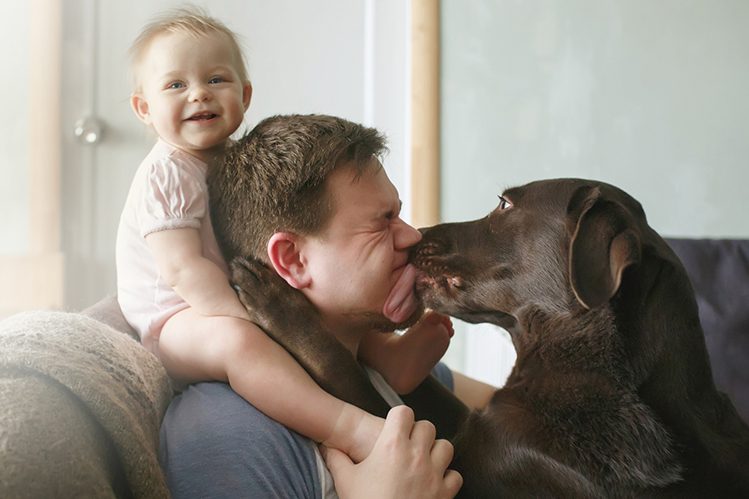
Our generation knows this dog from the popular “Chappie” commercial. Remember this one? Oh, those expressive eyes and fiery fur! You are immediately proud of such a pet!
But the Irish Setter is not only beautiful in appearance. This is an impeccably smart, sensitive, responsive, cheerful dog that will always keep you company in games and console you on a rainy day. If there is a setter in your family, you are unlikely to ever remember boredom again!
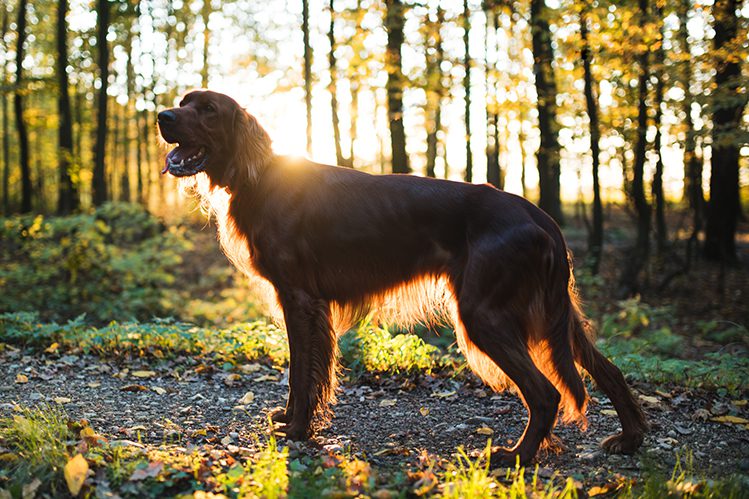
These dogs are born shepherds. Like no one else, they know how to keep an eye on their wards and put things in order in noisy parties!
But most importantly, the collie is a very kind, balanced dog that is completely devoid of aggression. With proper upbringing, collies grow up to be very obedient, sincere and cheerful pets, real “good-natured people”, which are very pleasant to be around.
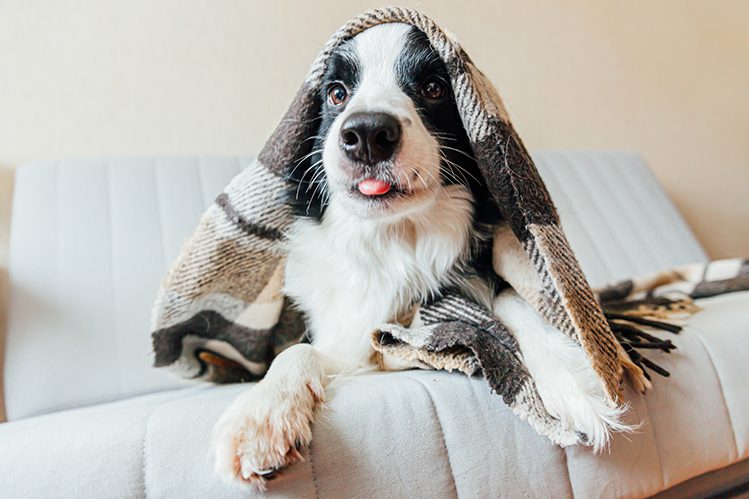
These luxurious giants know exactly how to find an approach to a child’s heart! Just look at the mountain dog – you immediately want to be friends with him! It doesn’t matter if you’re 13 or 30.
Sennenhunds are very smart, talented and gifted dogs. They easily learn commands, share the sports hobbies of their owners, and love to travel. And, of course, they are always for kicking a ball with the kids!
Despite its size, this dog is suitable for apartment keeping. And how beautiful she is!
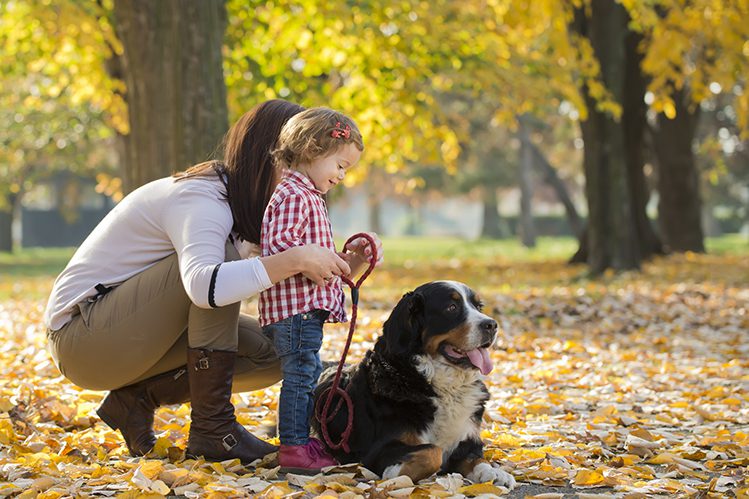
Don’t let the sad eyes of this miracle fool you! Basset Hounds are not hopeless melancholics, but cheerful, gentle and affectionate dogs.
It is impossible to imagine a basset that would offend a child. These pets will survive even if a whole horde of kids pounces on them with their arms. And even enjoy it!
This is a very calm, peaceful and empathetic breed in general. Bassets are obedient and self-sufficient. They will not be imposed and require constant attention. These are ideal pets for a calm family.
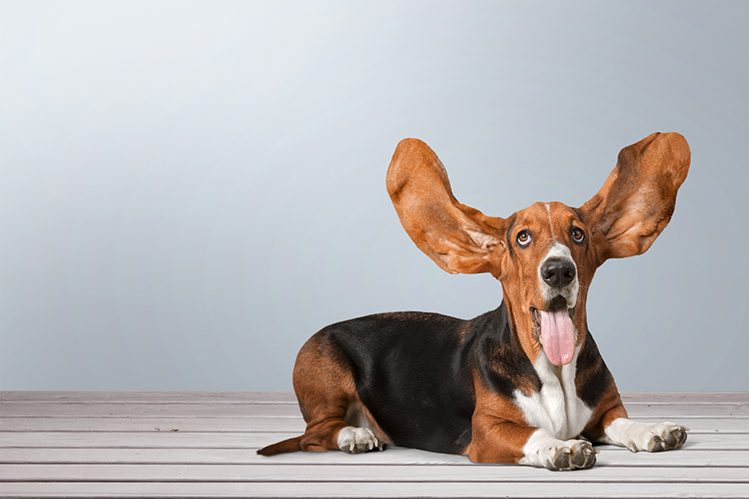
Did you know that corgis are also called elf horses? There is a beautiful Celtic legend about the origin of this breed. It says that in ancient times, corgis lived with elves and carried them on their backs, just like horses. Once the elves made friends with the children of the shepherd – and as a token of their friendship they gave them a pair of such “horses”. Since then, corgis have been living among us!
Legend is legend, but corgis are truly unique dogs. Just look at their unearthly appearance: a smiling muzzle, a neat tail and funny paws … There really is something magical in them! Children seem to feel it and are very drawn to them!
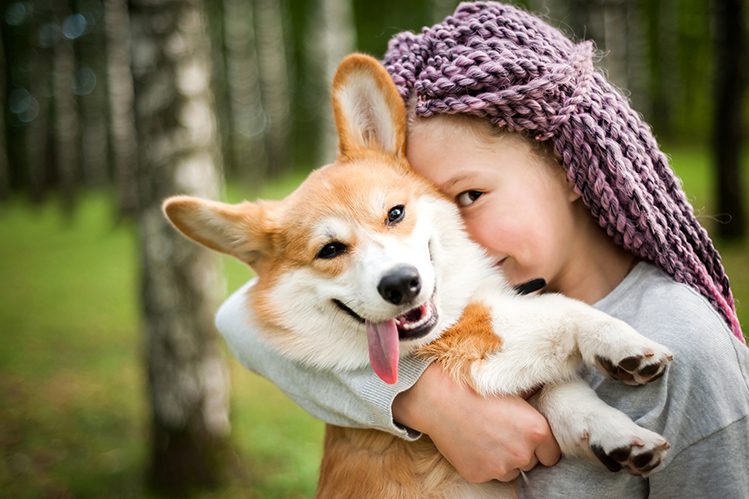
The main thing to know about this dog is that it never gets tired!
If your child is an introvert who prefers to spend time with a book, avoid Jack Russell Terriers. Seriously!
But if your child is one of those who does not sit still for a minute, it is difficult to imagine a more suitable pet for him than a jack. Together they will definitely conquer the world – just hold on!
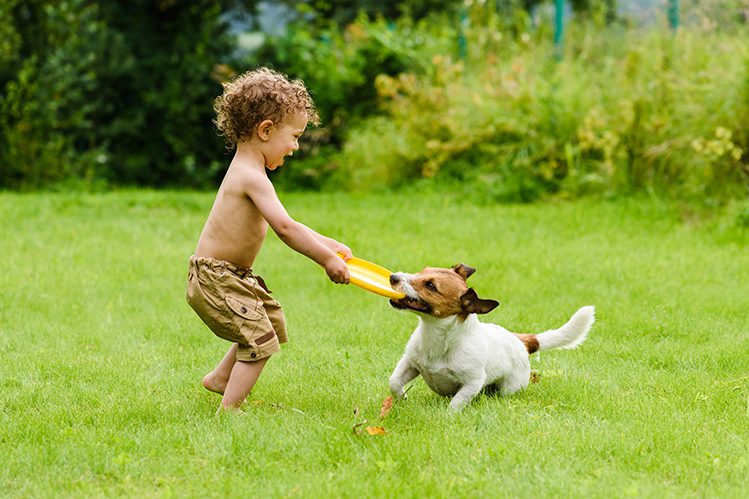
There are other breeds that are ideal for children. These are, for example, beagles, St. Bernards, Newfoundlands, poodles. Take your time with the choice, chat with breeders and owners of dogs of the breed you like, weigh all the pros and cons. In this case, it is better to think it over several times.
Most parents are puzzled by the question: how to protect a child from a dog? But you need to think in two directions. Your task is to protect both the child and the dog. You would be surprised how many puppies and miniature dogs suffer from the sloppy actions of children. And sometimes they even die.
You have to correctly set the boundaries between the pet and the child – and not leave them alone unattended. It is very important to educate not only a dog, but also children: to explain how you can and how you can not behave with a pet. Give the child his share of responsibility, which he can handle, and take on complex care procedures.
In the house, any dog should have its own place where it can rest and retire at any time. It is impossible to disturb the dog at this time unless absolutely necessary. For a child, this should become an iron rule. For example: “Do not touch Roy while he lies on his couch.” Even if you really want to play ball with him!
You can call a pet, you can show him the ball in order to involve him in the game, but you cannot violate his personal space unless absolutely necessary.
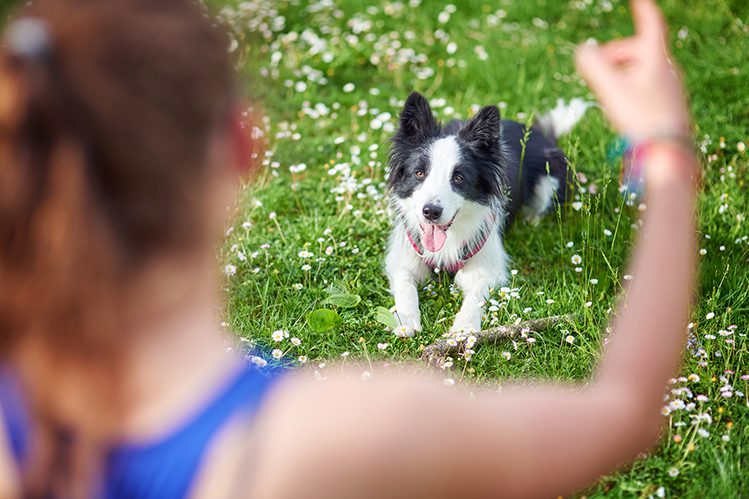
- You must understand that even if you get a dog for children, then all the responsibility for it will still be on you. It makes no sense to ask a child: “Do you promise to walk, feed, clean?” A child dreaming of a dog will promise you anything. But in practice, most likely, they will quickly shift these responsibilities to you.
Life hack: before you get a puppy, you can arrange a “test period” for your child. Invite him to take care of a toy dog for a long time. The goal is to demonstrate that a dog is not a toy and that it takes time and effort.
- When you bring the puppy into the house, once again explain to the child that this is a living creature and you cannot torture him. This is important to say even with very young children.
- The main thing in the house is the people. A small child is higher in status in the hierarchy than a dog, even if he weighs 5 times less. The puppy must learn this from childhood, otherwise in the future he may growl at the child and show disobedience.
How to achieve this? The rules are simple. We teach teams (you can start as early as 2 months old), set boundaries: where you can go, where you can’t, what you can do and what you can’t, stop unwanted behavior and reward for the right actions, don’t leave the dog and child alone unattended.
- It is important to be consistent when handling a puppy. If you have made rules, you must follow them at all times. For example, if you decide not to take your puppy to bed, don’t let him jump in on you, even on holidays. Otherwise, the baby will be disoriented and simply will not understand what is expected of him.
If the owners regularly break the rules and give the pet indulgence, he ceases to take commands and prohibitions seriously.
- In the first days after moving to a new home, it is better not to bring all your attention to the puppy. The baby should have time for a calm adaptation – and this must be explained to the children. You can not strongly pester and squeeze the puppy: he is already scared because of the move and he is stressed. Be involved and give your little one time.
- Be sure to discuss with the children the rules for the care and maintenance of the dog. Be patient: you will have to repeat these rules many times before the children finally learn them. Patiently explain that dogs only eat their own food and that you should not feed them your ice cream or food from the table. If the child really wants to treat the puppy with something tasty, he can take a special treat.
You can attend professional pet care workshops or watch webinars with the whole family. On the Internet you can find educational videos and programs aimed at children. Help the baby figure out what is good and what is bad for the pet, how to behave with him. All this is very interesting – and can bring you very close! Good luck!



